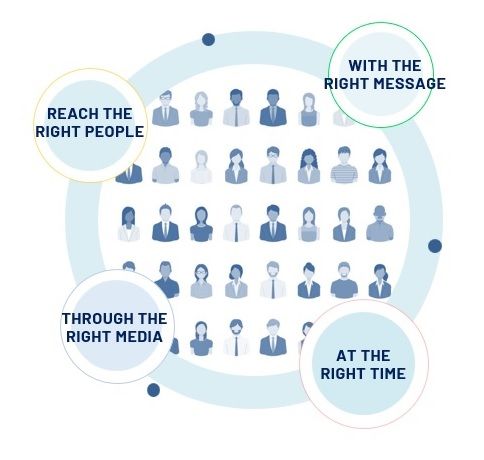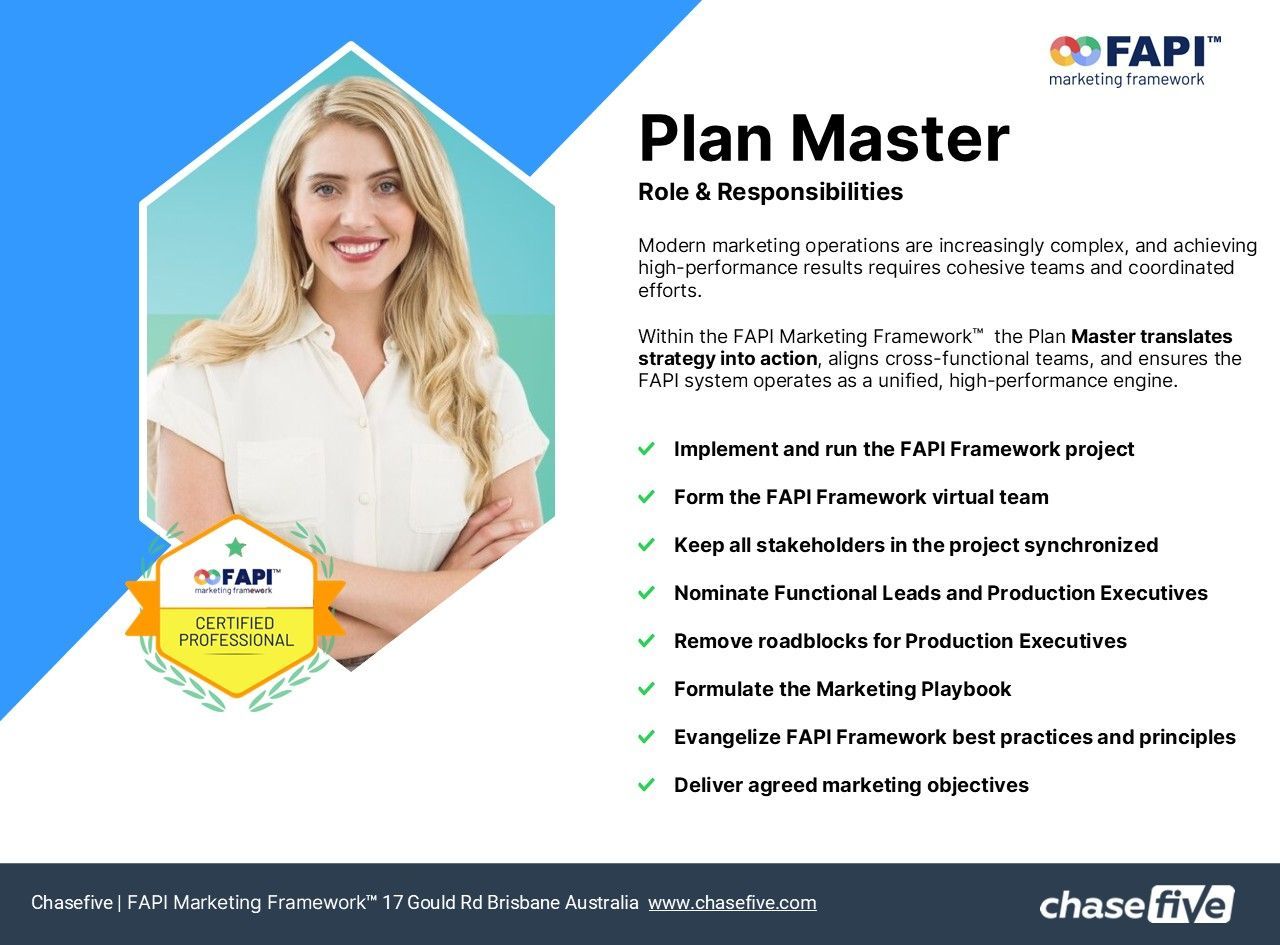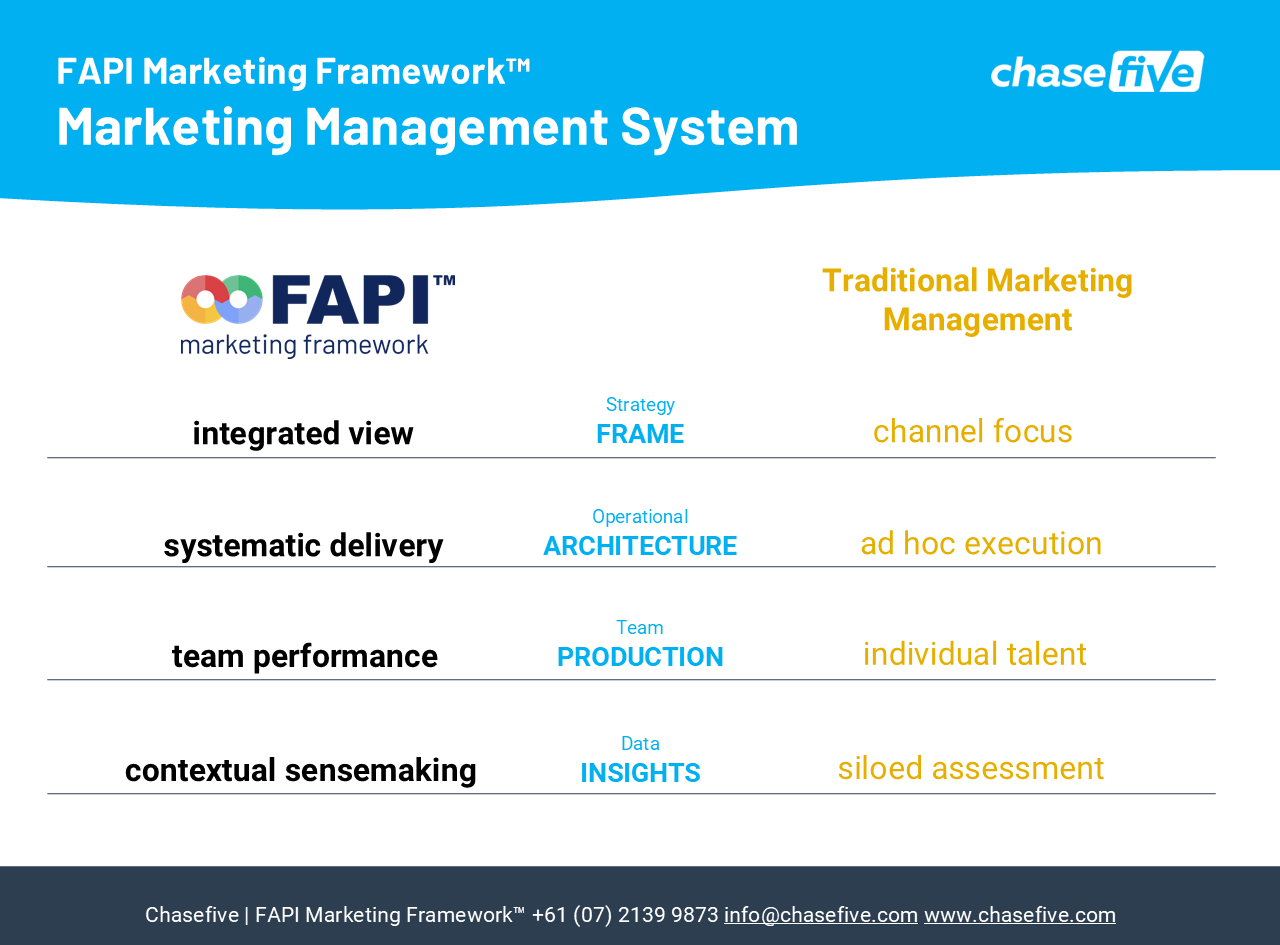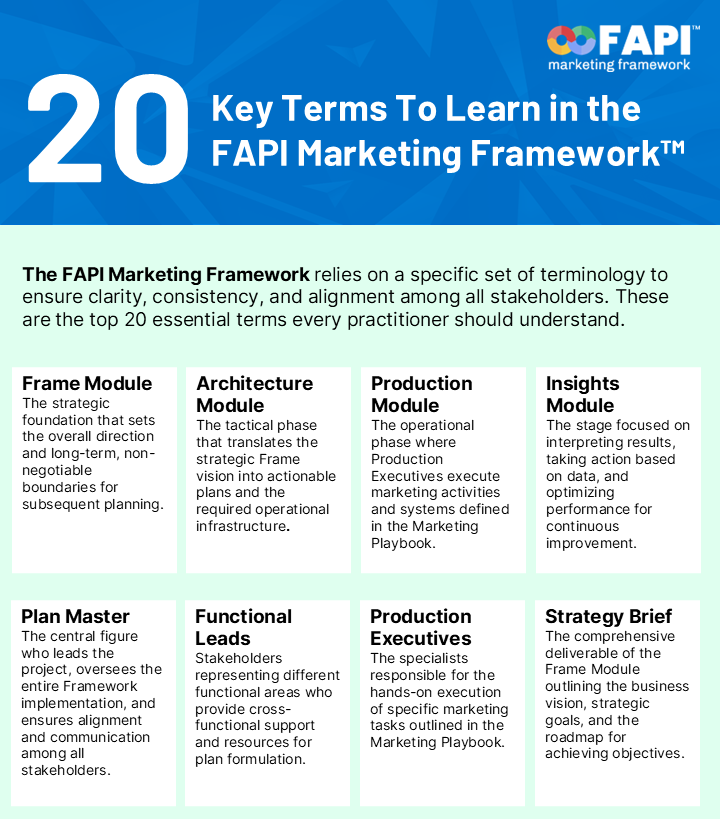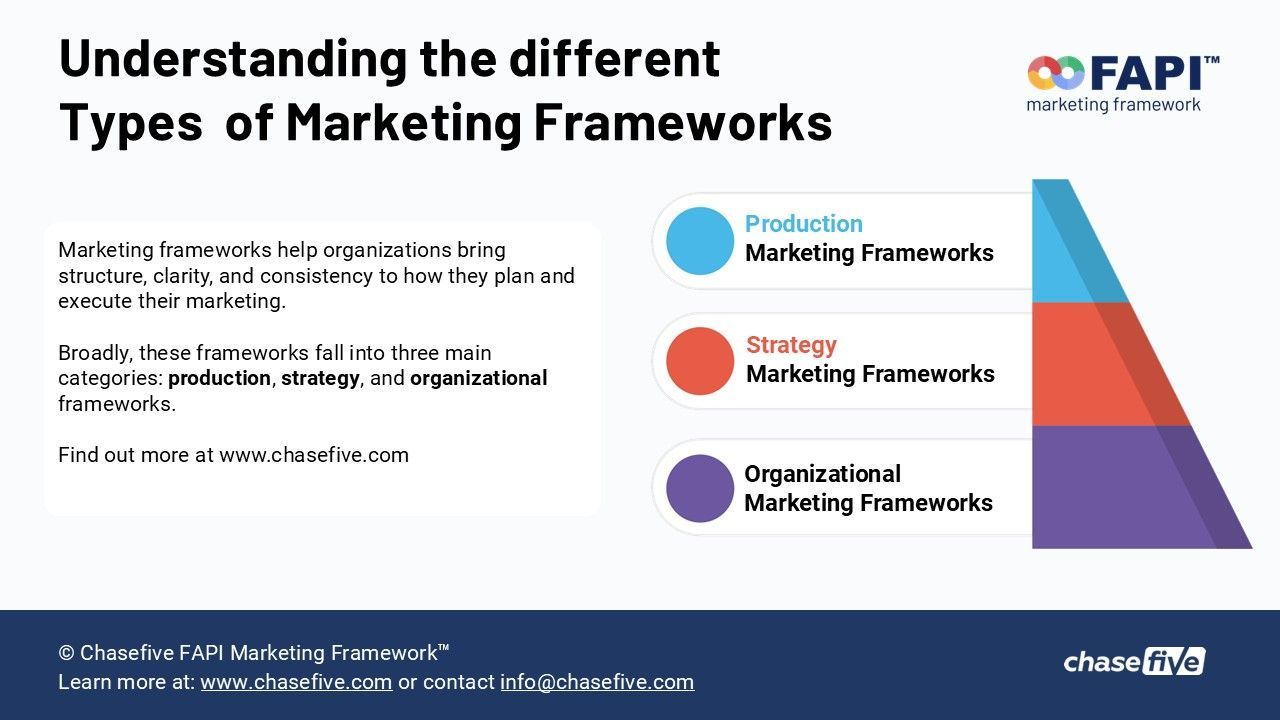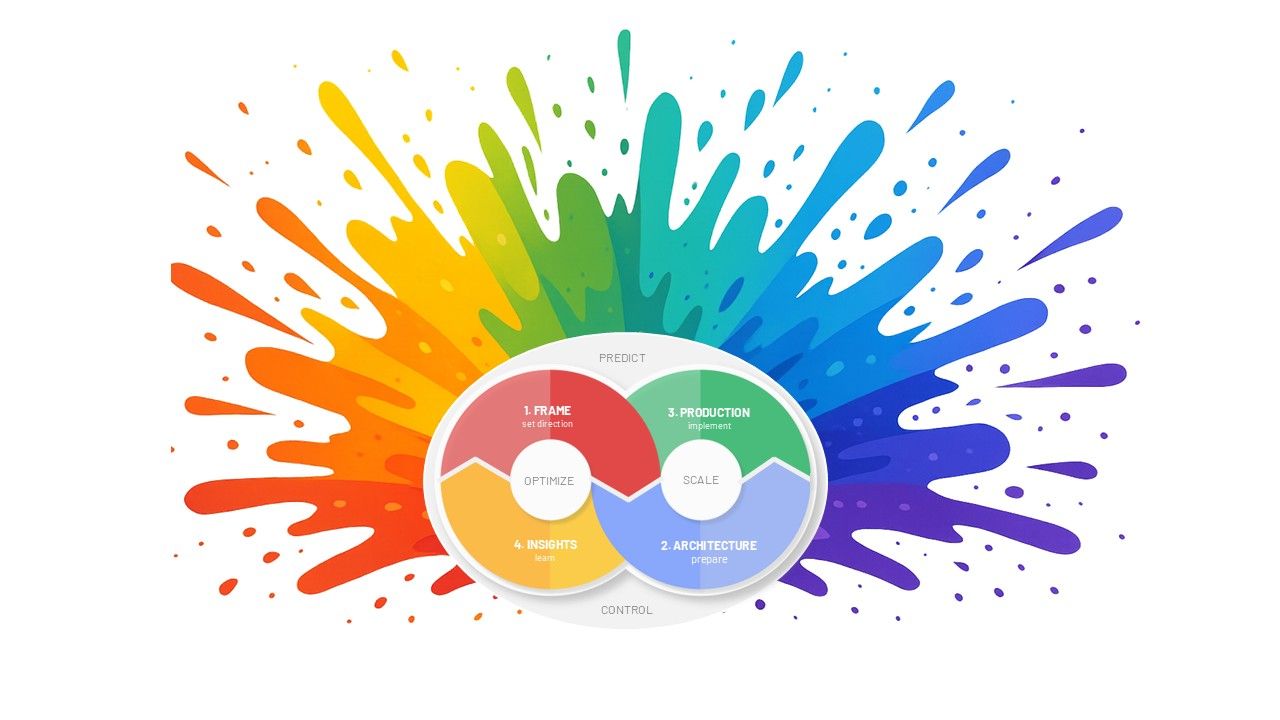Audience segmentation: The art of relevance in marketing
At the heart of any marketing strategy lies segmentation. Segmentation is best defined as the process of grouping prospective customers into segments, each with common needs and similar responses to marketing actions.
Despite our belief in our uniqueness, we all belong to one or more segments, and these segments may be based on a perception of how we view ourselves as consumers that isn't necessarily rooted in reality, the way we often align ourselves with specific trends or fashions reflect who we aspire to be rather than our actual habits.
Effective segmentation to achieve public and personal relevance
Businesses of all sizes should define their key target audience segments in their Frame marketing planning stages and detail the most effective communication approach for each segment group.
Above all, segmentation is an exercise in ensuring relevance and there are two levels of relevance in segmentation: achieving public and personal relevance.
Public relevance centers on the core promise of presenting the brand as a 'relevant' contributor to the public discourse for the target audience. This is where the brand can be seen as a champion of beliefs and values shared by the audience segment.
Personal relevance involves communicating in a language and tone that resonates with the audience, as well as delivering on the brand's core promise, specifically for the audience segment. This kind of relevance is what sales professionals often refer to as the sales proposition when preparing their presentations or pitches.
Prioritizing customer needs in segmentation
Most readers are likely familiar with common audience segmentation techniques, such as demographic, psychographic, firmographic, or behavioral segmentation. Many other segmentation definitions fall into one of these four categories, as they are either sub-segmentation practices or synonyms. For example, 'lifecycle segmentation' is a form of demographic segmentation. Segmentation is fundamentally about comprehending the audience's needs, drivers, and aspirations. The importance of good segmentation for businesses and their customers is evident everywhere. Established companies can start by understanding their existing customers' behaviors and create profiles to identify target audience groups.
No matter the technique, the approach must prioritizes customers, not products, at the heart of the marketing strategy, reflecting a genuinely customer-centric perspective.
When developing a strategy for audience segmentation, it is important to keep in mind the fundamental principles of segmentation. These principles include:
• Self-identified segment groups: users should be able to recognize themselves with segmentation logic
• Shared interests: Users within each group should primarily share motivators and needs.
• Distinct differences: Segment groups must be sufficiently distinct from each other to enable clear messaging and prevent overlap.
If you want to develop your audience segmentation, the FAPI Marketing Framework™ can be a valuable tool for your organization's marketing strategy learn more at www.chasefive.com
